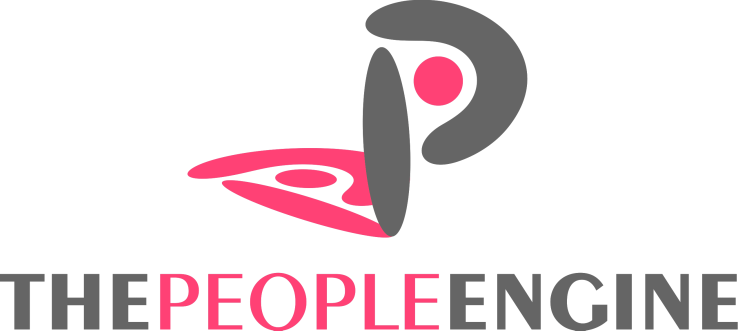In the face of COVID-19, we’ve seen lots of businesses pivot to try and survive in this pandemic. Restaurants are selling meal kits to make at home, manufacturers are pausing on creating or assembling parts they’re known for in lieu of producing medical equipment, and distilleries are pumping out hand sanitizer for the general public. While this is definitely notable, and very much appreciated, some businesses do not have the luxury of turning on a dime with tangible goods.
A lot of services-based businesses or tech companies simply do not have the ability to create a product to assist in the upsurge of demands for medical supplies or goods that keep the general public safe during this time. But, what they can do, is to push their businesses forward to keep as many people employed as possible. Those employed individuals can then (hopefully) pour some of that money back into the local economy. Keeping the train moving forward and profitable enough to function sounds much easier said than done.
The fantastic news is that the phrase “we’re all in this together,” has never been more true.
There are resources popping up daily that provide assistance in how to promote a healthy, productive, “work from home” environment. People across the globe are pitching their ideas on what’s working for them so others can take hold and adopt them for their own company use. Human Resources departments are shining in the spotlight with the reminders to see employees as people first, not last.
If companies want to be successful during this time, the bottom line of money can’t be their focus at the moment.
It’s no longer possible for working adults to shrug off their parental duties from 9 to 5 and focus on work for a solid 8 hours as they may have been able to do before. There are complexities with family dynamics, not to mention internal struggles individuals are having as the pressure of the virus has changed how they communicate with close relatives and others that may help care for their children, parents, or home.
Humor, empathy, and checking in more often are all methods promoted by HR that help employees to feel seen, heard, and understood. Being flexible with time also allows employees to still meet the needs of the workplace, and feel as if they can take a breath while doing so.
There is, of course, more to the equation for a successful remote work environment than connecting with the people of your company. Many businesses need help with the actual logistics of moving their unit from a large building to many remote points across their city, state or country. Even global companies have concerns with the increase in bandwidth needed to allow for a surge in individuals to collaborate for their common goals. There are solutions to help with this issue as well, as we are commonly seeing with enterprise communications leaders around the globe.
What may be the main concern is how to successfully change how employees are working.
Engagement to lead them in the proper expectations for your company is crucial, but this also includes managers and directors.
We can’t assume just because of their job title that they can seamlessly transition and lead others right away without additional support.
This support can be in the form of webinars and training materials produced en masse to assist in a time like this.
Managers should be trained to lead in this new environment, with structure given to what the day should look like, including flexibility built in for attending to personal situations.
Managers should also establish what team norms will look like, and help set appropriate boundaries for themselves and their teams so that frustrations and anxieties can be reduced as much as possible. They may also need to consider how to define success and what assessments and benchmarks will look like moving forward, and understand those may need to be tailored more to individuals, and not necessarily titles or positions as before.
Keeping their own mental health in check is a priority and should be encouraged, because as the adage goes, “You can’t pour from an empty cup,” and the cup may be drained more quickly during this time. That should also trickle down to their teams, as time off, sanity checks, and other “care from a distance” methods are applied to employees. They should also be encouraged to explore resources like live courses/webcasts and journal articles for remote management tips and embed newfound skills by practicing in virtual coaching circles and other real-time, face to face tools like Taskade, Slack, Zoom, Mural or Mentimeter.
It seems worth repeating that care for people as a whole is the backbone of what will help companies endure this trying change. Their wellbeing is just part of the focus, but should not be ignored or get lost in the pursuit of financial stability.
Providing employees with resources to help take care of themselves first will then allow you to promote the business in a positive way forward. Employees that feel taken care of will absolutely go the extra mile to accomplish their tasks well, which is a win for everyone involved.
Spending time and money on resources that provide the emotional and structural support your employees need at this time is indeed an investment that may pull you through the storm like a determined tugboat.
The benefits that are reaped from this are not short lived – you are setting the standard to be more flexible to face problems in the future with established protocol that can set you above the rest.
Bottom line, take care of your people. And they’ll do their absolute best to take care of you – remotely 🙂






Leave A Reply